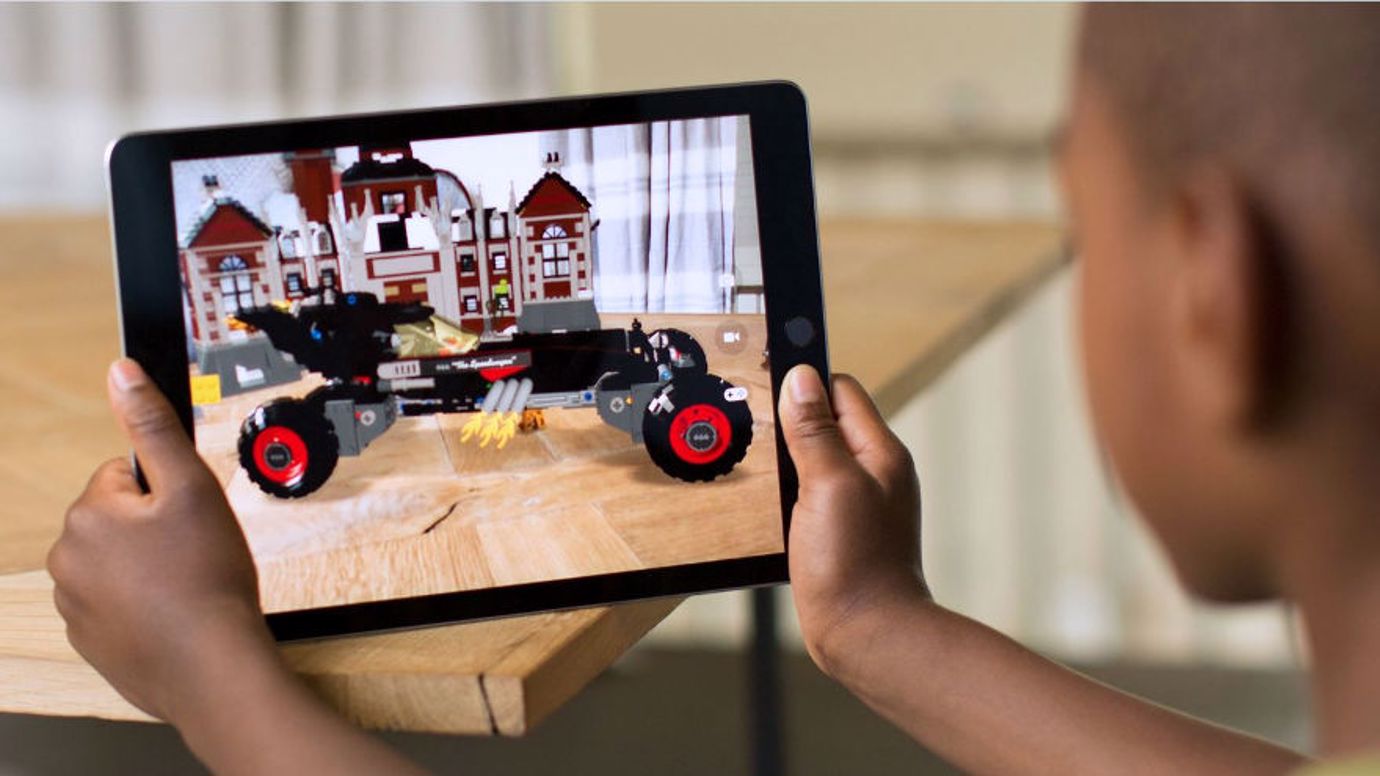digital
Why is everyone freaking out about AR?
“AR is coming to a smartphone near you.” - “AR development just became affordable.” - “AR is THE new mobile platform.” Nigel Hammersley, our Digital Business Director, asks, why is everyone freaking out about AR?
In September, Apple announced the latest iPhone and OS iterations would be specifically calibrated for delivering AR experiences. That same month, Google released its AR platform, ARCore, to developers.
The world’s leading tech giants just made AR an explicit new battleground in the struggle for mobile supremacy.
In short, AR just went mainstream.
What are we talking about here?
- Virtual Reality (VR) immerses the user in a totally simulated environment, think Neo in The Matrix. For gaming, storytelling, brand experiences and a host of training and psychological treatments, it‘s proved remarkably effective.
- Augmented Reality (AR) uses mobile technology to overlay digital information on the user’s view of the real world, like 2013’s Google Glass or the Nintendo smash hit game Pokemon Go.
- Mixed Reality (MR) is similar in that it overlays digital objects and information onto the user’s perception of the real world. Critically, in MR, these objects appear, and can be interacted with, as if they’re part of the real world. (Mixed reality is already a term in decline. From a user perspective, the difference to AR is subtle and it seems people aren’t too bothered about distinguishing between the two.)
AR isn’t new. Some businesses, like Ikea or AR pioneer Blippar, have been using it for years. While more recently, Snapchat turned the technology into a lucrative revenue stream, creating image filters that sell to brands for big bucks.
Aaannd they're off
But now the two mobile giants have fired a starter pistol, releases have come thick and fast.
The Ikea Place app lets users bring the furniture showroom directly to their home. Worried the sofa won’t fit in your living room? Try it out first. The app automatically scales virtual products based on the dimensions of the room, rendering fabric colour, texture, light and shadow.
Similarly, US auto retailer Edmunds’ app will automatically detect the dimensions of your garage and let you see whether your prospective new car will fit.
These apps are a great example of AR’s potential in the try-before-you-buy space. Makeup retailer Sephora already launched a mobile service that allowed users to test different techniques and products using AR facial mapping technology. Expect to see more of this in the months to come.
MeasureKit is an app that provides instant, handy dimensions of whatever you point your phone at; height and width, but also angles, levels, and more, mapped directly onto your phone’s screen.
Run and cycle tracking apps have been popular for a while. Fitness AR is a new app that pull in data from Strava and models it into a 3D map, viewable on your Apple device.
AR technology can also be applied to education or skills training. Dance Reality literally walks users through the steps of specific dance routines, allowing one or two people to practice their moves until they become second nature. SkyGuide uses geolocation to map constellations onto the night sky. JigSpace breaks a multitude of machines and objects out into 3D models that can be manipulated, exploded and deconstructed.
Those are just a few examples of things your phone can do, right now.
AR will become an expectation
Some of it’s still clunky, yes. But support from the major smartphone players means this technology should (eventually) work reliably and seamlessly with the hardware and software already baked into everyone’s handset.
Ease of use removes barriers to widespread adoption; Apple and Google have effectively just placed AR tech into the hands of millions of people. And ubiquity creates user expectation. Before long, people will expect AR.
That’s why, right now, our digital experts are working on several AR projects, bringing B2B expo stands to life and delivering rich brand experiences across B2B and B2C. It’s all top secret Client work at the moment… but if you want to talk about how AR could be relevant to your business, please get in touch.
Nigel has worked in advertising for over 20 years, in the UK, New Zealand and the Middle East, helping Clients make the right decisions when it comes to communications strategy. Get in touch with him here.
